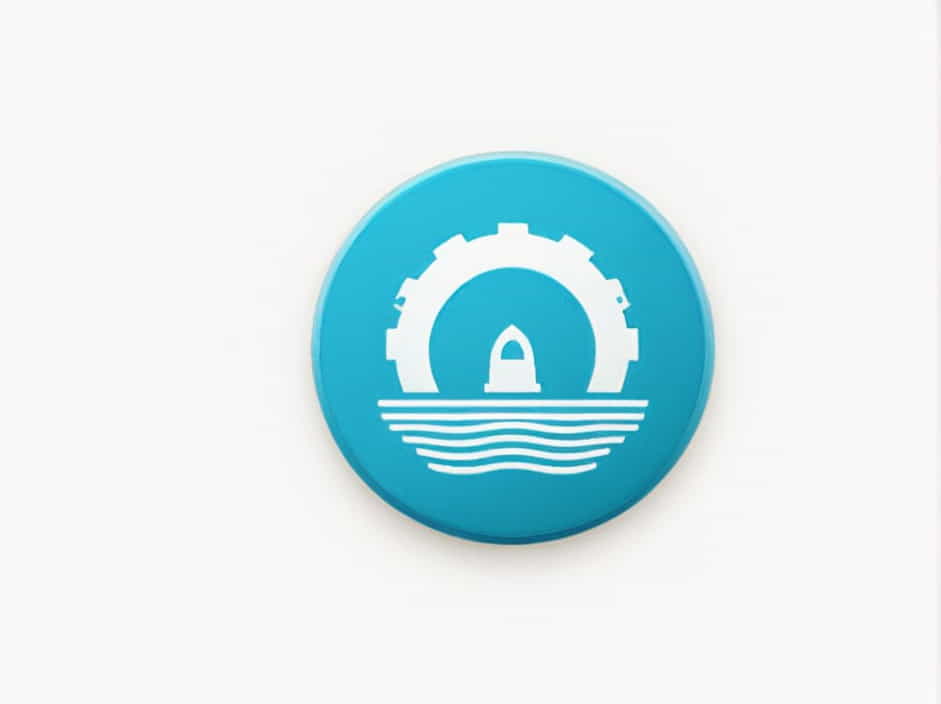The Thames Tideway Tunnel is a major infrastructure project designed to improve the water quality of the River Thames in London. This massive underground sewer is being constructed to prevent sewage overflows from polluting the river, addressing a long-standing issue in the city’s drainage system.
As one of the most ambitious engineering projects in the UK, the tunnel is expected to play a crucial role in modernizing London’s wastewater management. This topic explores what the Thames Tideway Tunnel is, why it is needed, its construction process, and its expected impact.
What Is the Thames Tideway Tunnel?
The Thames Tideway Tunnel is a 25-kilometer (15.5-mile) underground sewer system being built beneath the River Thames. It is designed to capture excess sewage and rainwater that would otherwise overflow into the river.
This tunnel is often referred to as ‘London’s Super Sewer’ because of its size and significance. Once completed, it will reduce sewage pollution and help restore the ecological health of the Thames.
Key Facts About the Thames Tideway Tunnel:
- Length: 25 km (15.5 miles)
- Diameter: 7.2 meters (23.6 feet)
- Depth: 30-65 meters (98-213 feet) underground
- Completion Date: Expected by 2025
- Cost: Estimated at £4.5 billion
Why Is the Thames Tideway Tunnel Needed?
1. London’s Aging Sewer System
London’s sewer system was built in the Victorian era in the 1860s. While it was an engineering marvel at the time, it was designed for a city of 4 million people. Today, London’s population exceeds 9 million, putting immense pressure on the system.
2. Frequent Sewage Overflows
When it rains, London’s existing sewers often cannot handle the excess water. This causes raw sewage to overflow directly into the Thames, leading to pollution and harming wildlife. Each year, tens of millions of tons of untreated sewage are discharged into the river.
3. Environmental and Public Health Concerns
The pollution caused by sewage overflows affects water quality, kills fish, and poses a health risk to people using the river for recreation. The Thames Tideway Tunnel aims to capture and redirect this waste, preventing it from contaminating the river.
How Is the Thames Tideway Tunnel Being Built?
1. Tunnel Boring Machines (TBMs)
The tunnel is being dug using large tunnel boring machines (TBMs). These machines carve out the underground space while installing concrete lining to support the structure.
2. Multiple Work Sites
Construction is taking place at 24 locations along the Thames. Some of these sites serve as entry points for TBMs, while others will house permanent infrastructure for wastewater treatment.
3. Connection to Existing Sewer System
The tunnel will connect to London’s current sewer system, collecting excess wastewater before it reaches the river. The captured sewage will then be transported to Beckton Sewage Treatment Works, where it will be processed safely.
4. Depth and Engineering Challenges
The tunnel is being built at varying depths between 30 and 65 meters underground to avoid disrupting the city’s existing infrastructure. Engineers face challenges such as navigating under historic buildings, crossing other underground tunnels, and working in dense urban areas.
Benefits of the Thames Tideway Tunnel
1. Reduced Pollution in the Thames
One of the biggest benefits of the tunnel is the dramatic reduction in sewage pollution. It is expected to capture over 90% of storm overflows, significantly improving water quality.
2. Improved Public Health and Safety
Cleaner river water means a healthier environment for Londoners. The tunnel will reduce exposure to harmful bacteria and make the Thames safer for activities like rowing, swimming, and boating.
3. Protection of Marine Life
The Thames is home to various species of fish, birds, and aquatic life. By preventing sewage spills, the tunnel will help restore natural habitats and promote biodiversity.
4. Future-Proofing London’s Sewer System
The tunnel is designed to accommodate London’s growing population and withstand increasing rainfall due to climate change. It provides a long-term solution to the city’s sewage challenges.
5. Economic and Job Creation Benefits
The project has created thousands of jobs in construction, engineering, and environmental science. It also supports businesses that rely on a cleaner Thames, such as tourism and water sports.
Challenges and Controversies
1. High Cost of Construction
With an estimated cost of £4.5 billion, the tunnel is one of the most expensive sewer projects in the world. Some critics argue that alternative solutions, such as expanding existing treatment plants, could have been more cost-effective.
2. Disruptions During Construction
The project has caused road closures, noise pollution, and inconvenience for local communities. However, authorities have taken measures to minimize disruptions and keep residents informed.
3. Long Construction Timeline
Originally proposed in the early 2000s, the tunnel has taken decades to plan and build. Some experts question whether faster solutions could have been implemented sooner.
When Will the Thames Tideway Tunnel Be Completed?
The Thames Tideway Tunnel is expected to be fully operational by 2025. Once completed, it will transform London’s wastewater management and provide a cleaner, healthier Thames for future generations.
The Thames Tideway Tunnel is a groundbreaking project that will modernize London’s sewer system, reduce river pollution, and protect public health. Although expensive and complex, it is a necessary investment in the city’s future.
By preventing sewage overflows and improving water quality, the tunnel will restore the River Thames as a clean and thriving waterway. Once completed, it will be one of the most significant environmental improvements in London’s history.
